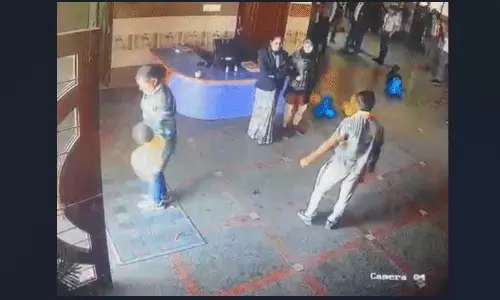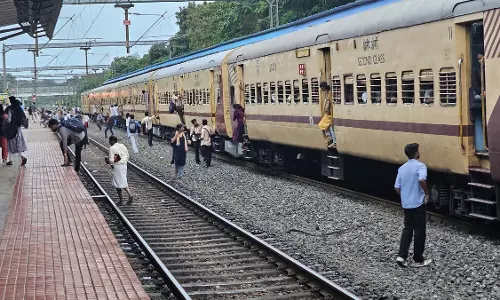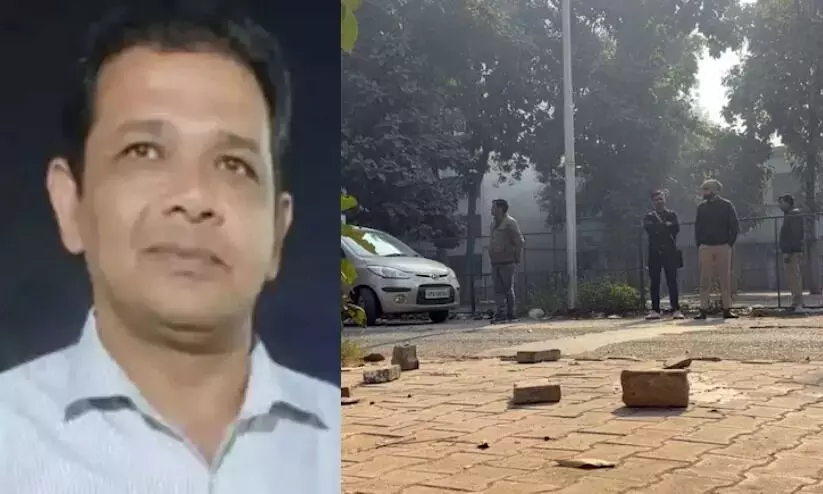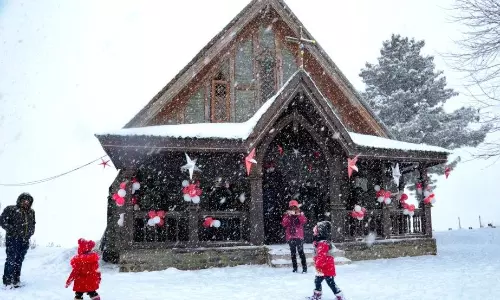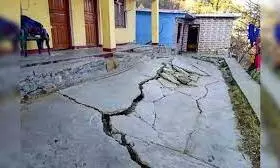
CBRI identifies 14 high-risk zones in subsidence-hit Joshimath
text_fieldsDehradun: The Central Building Research Institute (CBRI) has pinpointed 14 high-risk zones in Joshimath, grappling with subsidence issues, urging the administration to prompt residents in these areas to either opt for compensation or consider relocation.
"After a detailed survey, we have identified 14 high-risk zones in Joshimath from where land subsidence was reported last year. The houses in Marwari, Sunil, Upper Bazar, Lower Bazar, Singhdhar, and Manohar Bagh areas of the town fall into this category. Residing in these houses is fraught with danger," CBRI scientist Ajay Chaurasia said.
Approximately 1,000 residential and commercial structures in the town are situated within these high-risk zones.
However, the survey revealed that the cracks and subsidence reported last year had not widened or deepened over the last six months, according to Chaurasia.
"The residents of the high-risk zones can be offered two options of either taking compensation or getting relocated to a safe location where all facilities of a smart village will be provided to them," he added. The CBRI pledges full support to the state government in developing the new location as a model village, Chaurasia said.
State Disaster Management Secretary Ranjit Sinha met the subsidence-affected families of Joshimath last Saturday to explain the situation to them. The affected residents protested against their "displacement out of Joshimath in the name of rehabilitation."
The affected families expressed a preference for being relocated to additional land within the town as their livelihoods depend on it.
Situated in the higher reaches of Chamoli district, Joshimath is a bustling tourist town, serving as the gateway to the Himalayan temple of Badrinath, the famous Sikh shrine Hemkund Sahib, skiing destination Auli, and the Valley of Flowers – a UNESCO World Heritage Site. From the perspective of the risk of land subsidence, Joshimath has been divided into three parts: severe, medium, and low risk, with one-third marked as being under "serious threat," Sinha told the affected residents.
He stated that all the affected families would be given options, and further action would be taken after discussing with the Central government.
However, Joshimath Bachao Sangharsh Samiti Convenor Atul Sati mentioned that the affected residents unanimously rejected the proposal of relocating them to a safe village.
Though held as a public hearing, some selected people only had been invited to the meeting by the administration, Sati said.
"It was not a proper public hearing," he added.
The state government has identified a location near Gauchar to relocate the affected people, which is not acceptable to them as it is far away. Gauchar is more than 90 km from Joshimath.
Huge cracks and fissures had appeared on the buildings and the ground in Joshimath due to large-scale subsidence in January last year, prompting the authorities to evacuate a large number of people to relief camps and temporary shelters.




